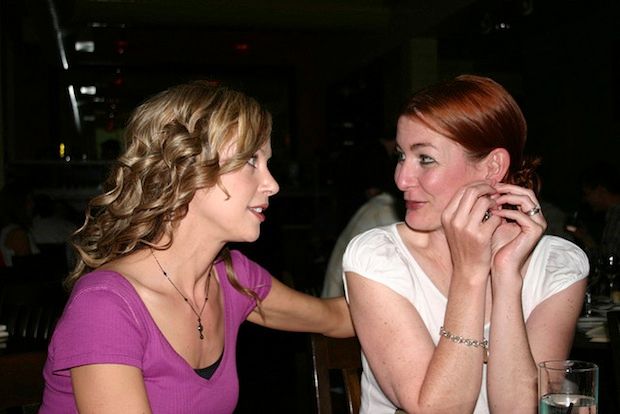On designers as choreographers.

The austerity of Pacific Northwest Ballet’s Romeo and Juliet was refreshing. Geometric, simple, white, like the galleries of a modern art museum. The visual opposite of the Nutcracker set design, so complicated and frilly.
Interaction design, like dance, is a time-based medium. I sat there watching the beautiful, graceful dancers, thinking how with the ever evolving marriage of cinema and interaction design, interfaces are like ballets. Interaction designers, to wit, digital choreographers, can integrate elements of dance that communicate emotion into their work. Imagining each element of the UI as a single dancer, capable of eliciting emotion through movement. One of the best examples of this are the live tile animations of the Windows phone. I also find the animation of text in the new version of Outlook to be especially pleasing, reminding me of the delicate flittered taps of ballerinas in the Nutcracker’s sugar plum fairies scene.
Diana F. Green, in Quality of Movement – Emotions, writes about how to effectively achieve emotion through movement:
Working with emotion and Dance can be a trap, which is the reason Balanchine, Merce Cunningham (1919-2009), and Alwin Nikolais (1912-1993) tried to separate emotion from their work. It is easy to become melodramatic and clichéd. Although exaggeration has its place, too much drama can be insulting to an audience. Emotion that is layered on top of movement rarely works. And facial expressions that are superficial and disconnected to the choreography lack impact. A golden rule for portraying emotion is “Let the movement tell the story.” Antony Tudor (1909-1987), known for his psychological ballets, related his experience at American Ballet Theatre, where his ballet Pillar of Fire was so successful that it was being repeated often. The dancers had performed it many times, and Tudor felt it was losing its impact. He discovered that his dancers knew the story too well and were feeling every emotion deeply in the emotionally charged work. Tudor asked the company not to think about the emotions in the next performance. They were simply to do the steps as beautifully and as accurately as possible because emotion was already built into the movement. The next performance was the best performance of the ballet. After following Tudor’s instructions, the dancers came off stage completely drained emotionally. The movement had told the story, and even the dancers had listened.
and on tools for creating emotion:
So what are these tools that may be used to express emotion through Dance? You have already explored the elements of time, space, and energy and made discoveries about the way these elements communicate. You have learned that curved shapes are soft, comforting, and welcoming, whereas straight lines are usually strong, sometimes intimidating, and menacing. The best way to find movement that expresses a particular feeling is to imagine the feeling you want to express and improvise movement that seems to express that feeling.
and
When creating choreography with an intent for expressing an emotional landscape, it becomes imperative that you never “drop the ball.” You should not go from expressive movement to abstract, getting caught up in the design of the movement and forgetting the original intent of the work. This will cause the audience to lose their place, so to speak, in the sequence of emotional events. Also, you must never jump from one emotion to the next without allowing for a logical transition that may be read by your audience. The journey on which you take your dancers and that you expect your audience to follow must be clearly created through the elements of choreography that will express your intent (see figure 6.3).
then finally:
The responsibility of telling the story lies with the choreographer.
We are designers. We are choreographers.